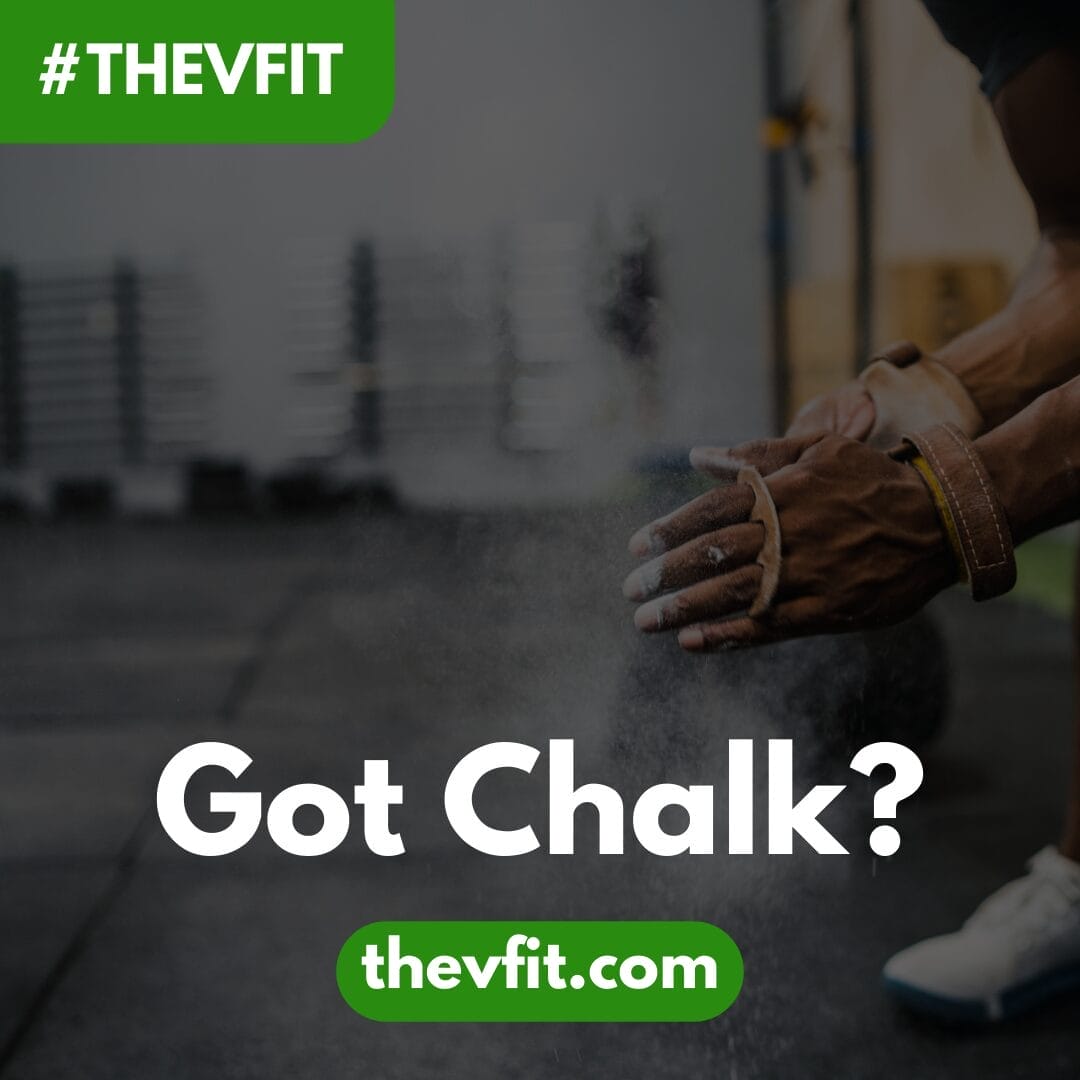Got Chalk?
If you’ve ever stepped foot in a CrossFit gym, you’ll notice a lot of athletes reaching for chalk before completing different lifts and exercises. And it’s not just for show. Chalk is an essential tool for improving grip and enhancing performance in the gym. But, if you’ve never used it before, you might be wondering if it’s something worth trying. Let’s talk a bit more about how chalk can help your training.
Weightlifting chalk plays a pivotal role in providing friction and reducing moisture on the hands, improving your grip on the barbell or pull-up bar. During CrossFit workouts, the hands can become sweaty, making it difficult to maintain a secure hold on the barbell. This is where chalk comes into play. By absorbing sweat and reducing slippage, chalk allows you to hold onto the barbell more securely.
This increased grip can lead to improved performance in your lifts, allowing you to lift heavier weights and perform more repetitions. It’s great for grip exercises like deadlifts, cleans/snatches, and bar hanging movements such as pull-ups and toes to bar. It doesn’t have much of any benefit for movements like squats or push-ups since your grip typically isn’t challenged during those exercises. So keep that in mind when contemplating whether to apply chalk or not.
Beyond performance enhancement, chalk can also contribute to a safer workout. Losing your grip doing pull-ups or while holding a bar during an exercise like a deadlift or clean and jerk can lead to uncontrolled movements, increasing the risk of injury. This doesn’t mean that without chalk, these exercises are dangerous. But by improving your grip, chalk can help ensure you maintain proper form and control over the barbell, reducing the likelihood of accidents and keeping you locked and focused on your workout.
Alright, so now you see the benefits of using chalk in your workouts. Next, let’s talk about how to properly use chalk in the gym. Start by coating your hands lightly. You want to cover the areas where the bar will contact your skin, such as your palms and fingers. When it comes to using chalk, less is more. Much less than what you’re probably thinking.
In fact, if you think you don’t have enough, that’s probably plenty! You’re not trying to “add enough to keep from re-applying throughout the workout” because that’s not how chalk works. Avoid over-chalking as it can lead to a buildup of excess powder, which can actually make the bar more slippery. You just need a thin layer. If your hands are thick and white, you’ve applied too much. Once you have your thin layer of chalk, you can perform your exercise and re-apply as needed.
While chalk is an excellent tool for lifting, it’s essential to respect gym etiquette. Remember to chalk up over a bin or towel to keep the gym clean. Always clean up after yourself and avoid making a mess with the chalk. The goal is to enhance your workout, not to leave a chalky trail behind!
Chalk can be a game-changer during your workouts, particularly for those days involving heavy and complex lifts. It enhances grip, performance, and safety, making it a valuable addition to any gym-goers bag. However, always remember to use it sparingly and clean up afterward to maintain a respectful and tidy gym environment. So, chalk up, grip tight, and get ready to take your workouts to new heights!
Looking for a new gym home? Check us out at thevfit.com and get started today!
And follow us on social media for more health and fitness related content:

